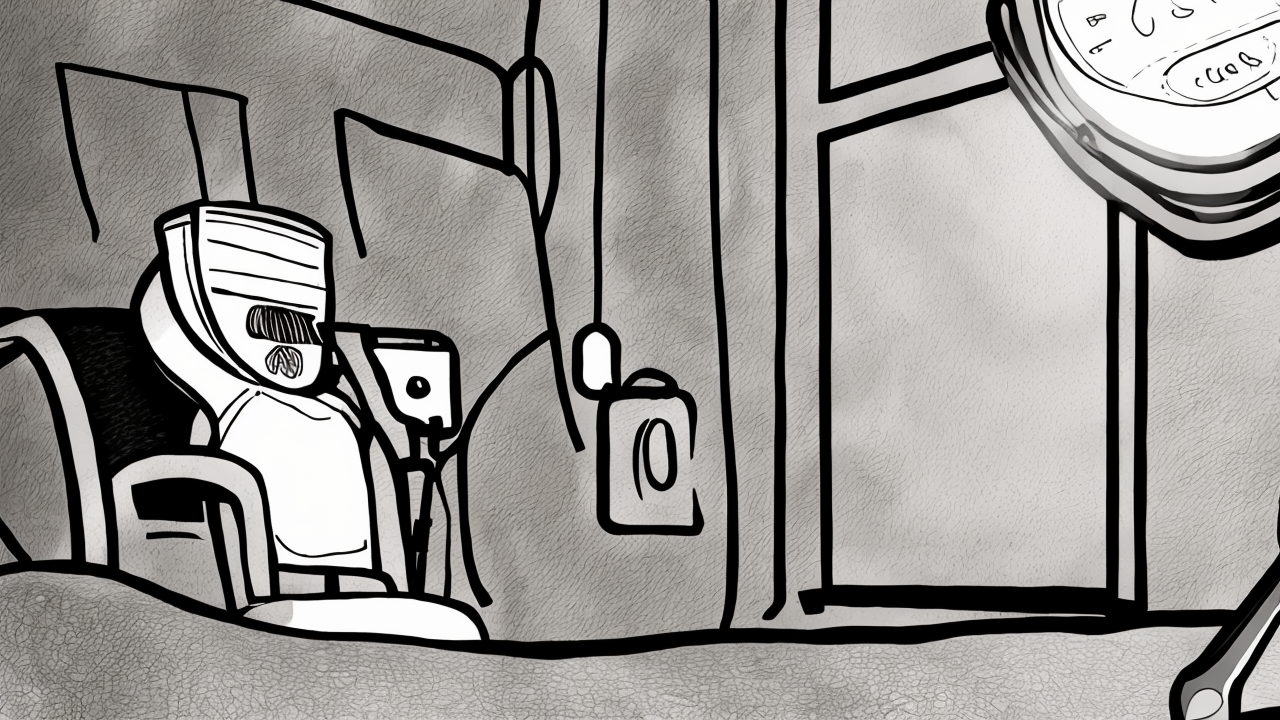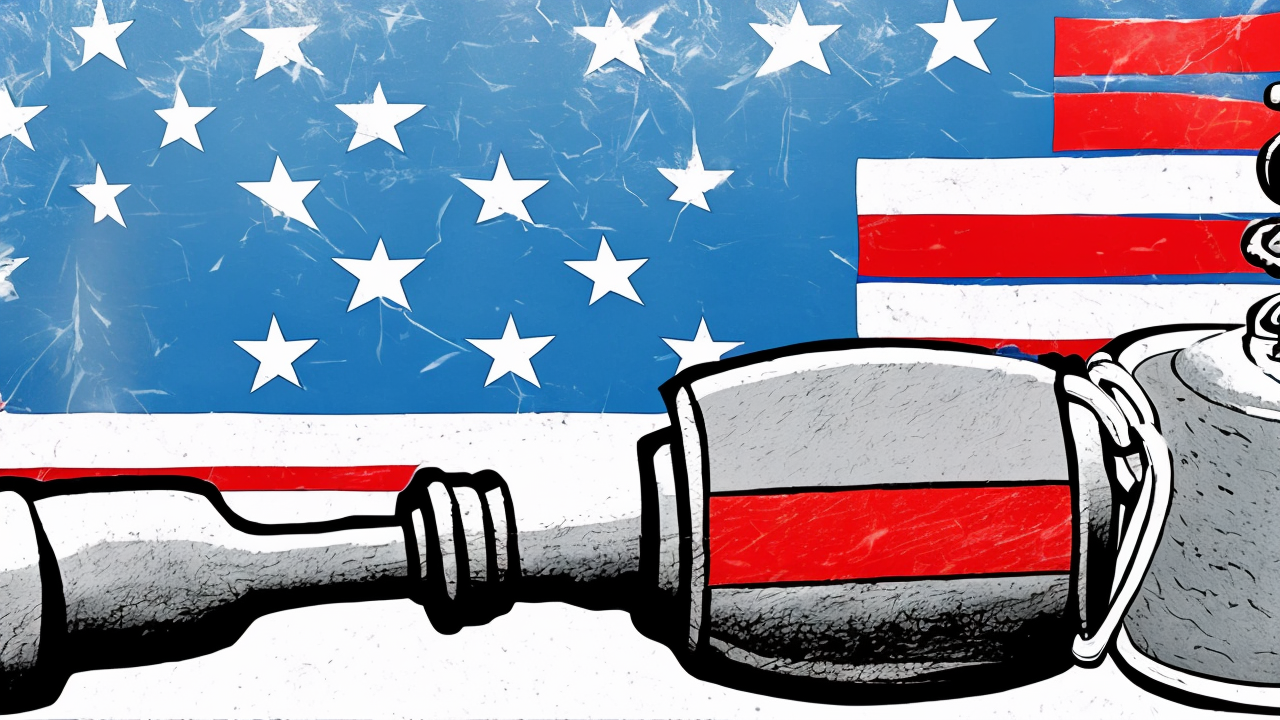Hurricane Melissa Devastates Caribbean, Claims Dozens of Lives

Hurricane Melissa has left a trail of destruction across the Caribbean, claiming at least thirty-six lives and displacing tens of thousands. The storm, one of the most powerful ever recorded, slammed into Jamaica with sustained winds of 185 miles per hour, triggering landslides that severed roads and forced over twenty-five thousand people into emergency shelters. In Haiti, the impact was especially severe—twenty to twenty-five lives were lost when the La Digue River overflowed, flooding the town of Petit-Goâve and overwhelming already strained systems. Even as the storm weakened to a Category 3, it continued to threaten the Bahamas, prompting mass evacuations and grounding flights across the region.
The full extent of the damage remains unclear. Communication networks have failed in many areas, roads are impassable, and access to remote communities is nearly impossible. Emergency crews are working under difficult conditions, and aid is being coordinated by international partners. The United States has sent disaster response teams, and the United Kingdom has pledged two and a half million pounds in emergency funding. These efforts are necessary and commendable, but they are not a substitute for long-term resilience.
In the wake of such tragedy, it is easy to fall into the trap of politicizing natural disasters. Some will point to Hurricane Melissa as proof of a climate emergency, urging sweeping policy changes based on uncertain models and alarmist projections. But turning every storm into a political statement only distracts from what truly matters: protecting human life through sound planning, strong institutions, and practical preparedness.
The reality in Haiti is not one of climate change alone, but of decades of underinvestment, weak governance, and crumbling infrastructure. When a river bursts its banks and dozens perish, the failure is not in the atmosphere—it is in the lack of flood control systems, early warning mechanisms, and safe housing. The same can be said for many vulnerable communities across the region. It is not enough to declare a crisis; we must address the root causes that make people more vulnerable in the first place.
We also must ask why so many still live in high-risk zones. Why do some nations struggle to evacuate populations during emergencies? Why do communication systems collapse so quickly? The answers are not found in climate legislation or global summits, but in local leadership, economic stability, and community strength. Resilience is not built through fear, but through responsibility—by investing in durable roads, reliable power grids, and functional emergency services.
The U.S. and other nations are responding with aid, and that aid is essential in the immediate aftermath. But long-term recovery depends on more than short-term relief. It requires sustained development, strong local leadership, and a commitment to building systems that can withstand future challenges. We must focus on what works—on proven methods of disaster preparedness, infrastructure investment, and community planning—rather than on ideology.
Let us honor the lives lost not with slogans or blame, but with action. Let us build better shelters, improve emergency response times, and strengthen the institutions that protect the most vulnerable. Our duty is not to exploit tragedy for political ends, but to respond with wisdom, compassion, and a clear-eyed focus on what truly strengthens a nation and safeguards its people.
Published: 10/29/2025








